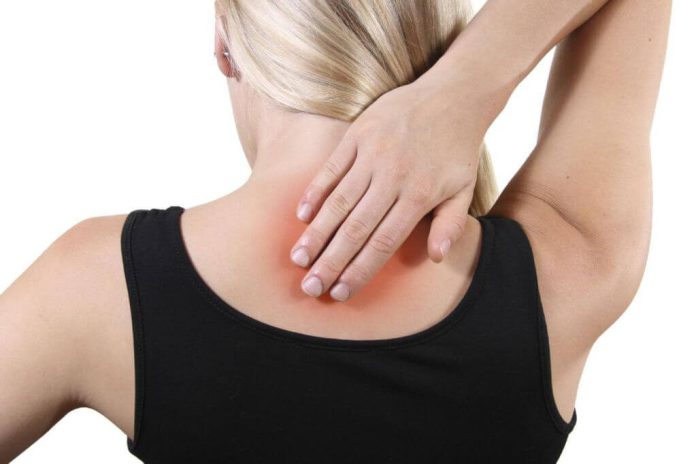Masezza.com – The spine connects different parts of the body and carries the weight of the upper body. Often, the cause of upper back pain is a musculoskeletal strain. However, in some cases, spinal cord injury is the cause. Trauma and osteoporosis are also factors. In such cases, treatment will be focused on the underlying cause. During this article, we will discuss some common causes of upper back pain and the treatments available for them.
Things that can cause changes in posture
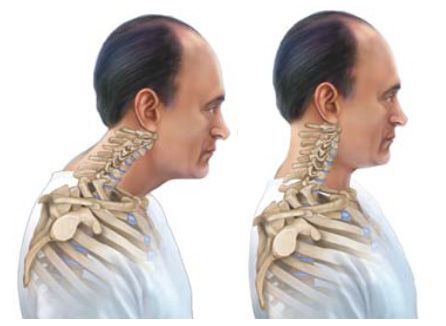
Compression fractures are caused by an aging process that reduces the spinal discs. In this condition, small fractures occur in the front of the vertebra, causing it to form a wedge-like shape. This may cause postural changes. Arthritis can cause a similar type of pain but is caused by the degeneration of cartilage in the joints. A more rare cause of upper back pain is fibromyalgia, a disease of the muscles that affects the entire body.
Chest pain in the upper back is also a common cause of this condition. The pain that radiates from the neck can be a sign of lung or heart disease. If you have a chest pain, you should consult your doctor right away. If you are experiencing upper back pain due to a strain, the K Health app is the best tool to use for treatment. This AI-powered, HIPAA-compliant app can help you determine the exact cause of your problem and suggest the best course of treatment for you.
Poor posture and prolonged sitting result in weaker muscles
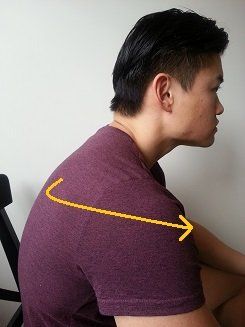
The cause of upper back pain is usually due to degeneration of the muscles. Poor posture and prolonged sitting lead to weaker, spongy muscles that cannot hold the spine in a neutral position. The head and shoulders also tend to lean to one side and put pressure on the discs and bones of the spine. This can lead to a loss of height in the vertebra. Various diseases such as rheumatoid arthritis and fibromyalgia can lead to a variety of symptoms.
Various medical conditions may cause the pain in the upper part of the body. In the most common cases, the pain is not related to a serious underlying condition. In some rare cases, a severe infection may cause the pain, including a thoracic herniated disc. Additionally, fibromyalgia can be a cause of severe pain in the upper back. A diagnosis of this condition will require a careful physical exam.
Many people are not aware that they have upper back pain
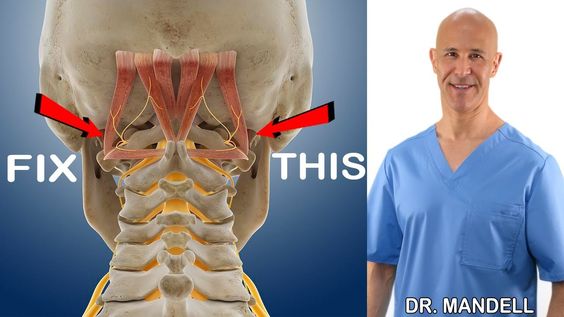
The cause of upper back pain can be caused by a number of causes. In some cases, it can be caused by a strained muscle or a damaged bone. Many people do not even realize that they are suffering from upper back pain until it affects their quality of life. Fortunately, there are a number of effective home remedies to relieve upper back pain. In some cases, it’s enough to rest and take ice packs to relieve the pain.
The most common cause of upper back pain is a traumatic injury. Those with injuries to the back and neck can experience a severe case of upper back pain. Symptoms may include localized tightness, sharp pain, numbness, or tingling in the arms. Patients may also experience a headache or a jaw or occipital area ache. In serious cases, medical treatment will be necessary. In cases of severe pain, the patient may experience fever, reduced coordination, or decreased mobility.
Cracked or protruding discs can cause posture changes
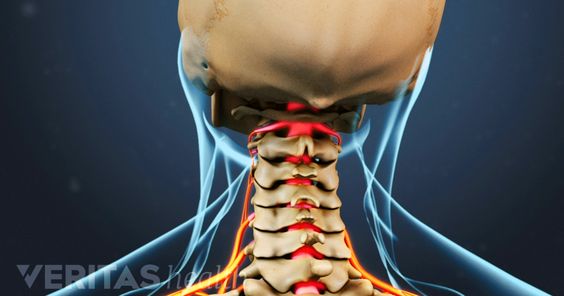
Discs are soft shock absorbers between the vertebrae. A ruptured or bulging disc puts pressure on the spinal nerves and can lead to postural changes. Some people may suffer from rheumatoid arthritis, an autoimmune disease. In some cases, patients may experience widespread pain. They may also experience a weakness in the muscles or ligaments. As a result, upper back pain can be difficult to diagnose.
In addition to spinal discs, the thoracic spine connects to the ribs and sternum. It is more rigid and less susceptible to injury. While some upper back pain is caused by a combination of these factors, it is most commonly caused by muscular irritation or a dysfunction in the joints. A patient with a sprain will most likely experience lower back pain before their knees, while a fracture in the lumbar spine may cause a disproportionate amount of discomfort.

